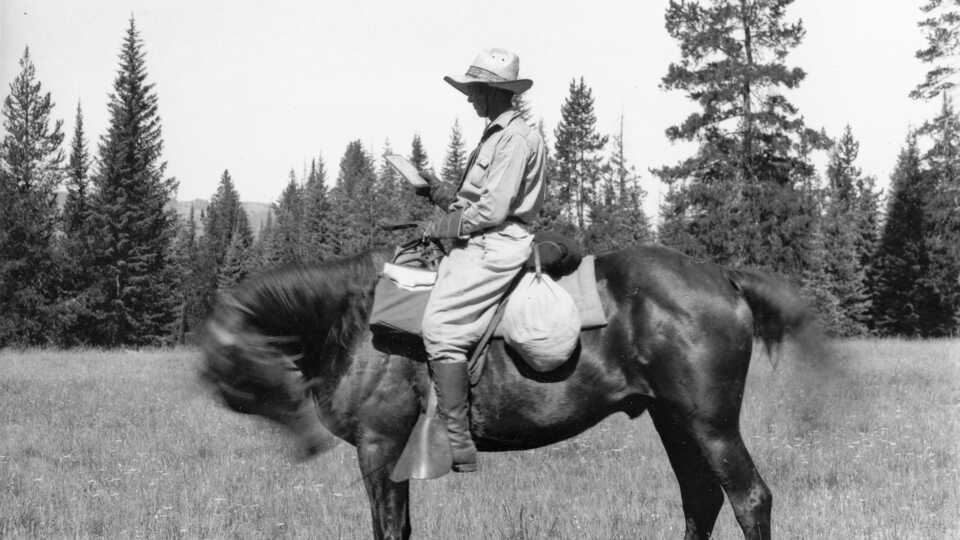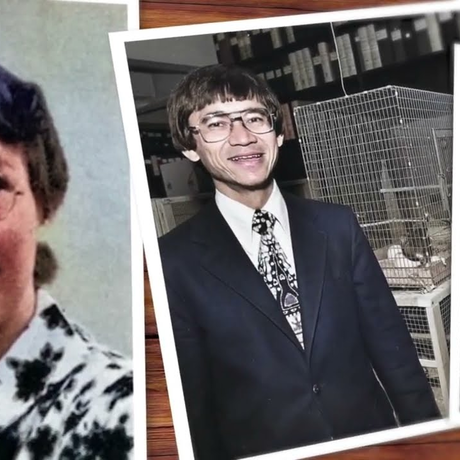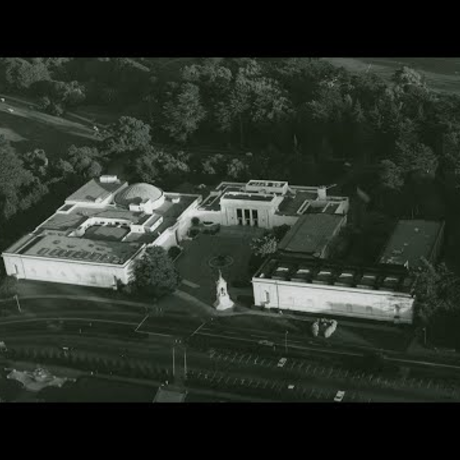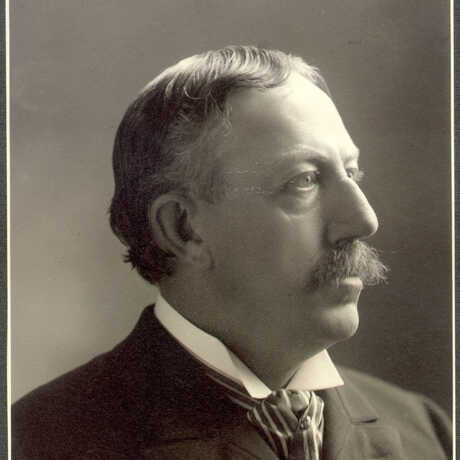Founded in 1853, the Academy Library is a research library devoted to natural history and the natural sciences. Explore our extensive collections, including rare books, serials, maps, and photography.
Ynes Enriquetta Julieta Mexia was born on May 24, 1870 and spent her first nine years in the town her family founded, Mexia, Texas. Her father was General Enrique A. Mexia, a diplomat and representative of the Mexican government in Washington, DC. General Mexia was the son of José Antonio Mexia, who served as a Mexican general and was executed for treason in 1839, before Ynes Mexia’s birth. Her mother’s family was American and included Samuel Eccleston, the fifth archbishop of Baltimore. In the 1880s, a young Ynes Mexia moved to Mexico City to live with her father, where she spent much of her childhood after her parents separated. Mexia was privileged in her early life, being born of high status families from both the US and Mexico. She attended private schools in Philadelphia and Ontario and had servants in her large home just beyond Mexico City. Her privilege and monetary means allowed her to pursue her passions in plant collecting later in life, which were largely self-funded.



